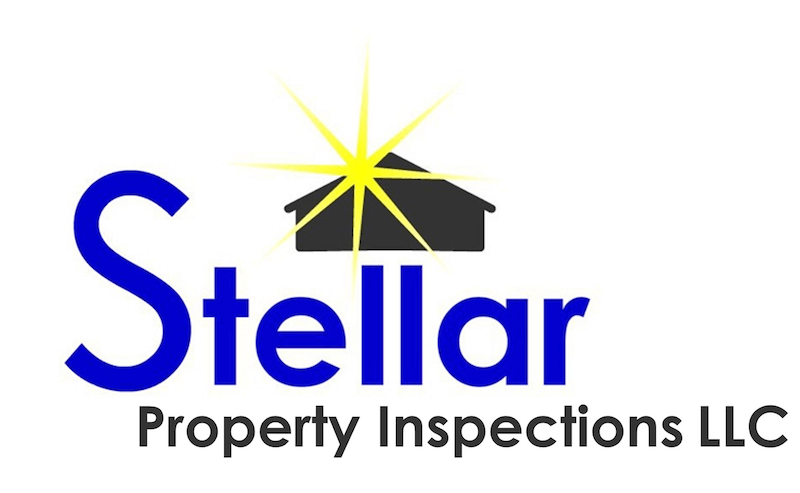When you’re buying a home, the costs can add up fast. Between the down payment, closing costs, and moving expenses, it’s natural to ask which fees are truly necessary and who’s responsible for paying them. One of the most common questions we hear at Stellar Property Inspections is: “Who pays for the home inspection?”
Here’s the straightforward answer: In nearly all cases, the buyer pays for the home inspection. But there are some exceptions, and a few important reasons why that’s the norm.
Let’s break down how it works, why it matters, and what you should expect during this key step in the homebuying process.
Why the Buyer Pays
The home inspection is an optional but highly recommended step in the transaction process. It’s arranged and paid for by the buyer because it’s done for the buyer’s benefit.
Think of it this way: The home inspection is your chance to get an objective look at what you’re buying—beyond what you see during a walk-through or open house. It helps you:
- Understand the current condition of the property
- Identify any major repairs or safety issues
- Make an informed decision before closing
- Negotiate repairs or credits, if needed
Because you’re the one making the purchase decision and potentially assuming financial risk, it makes sense that you would hire (and pay) the inspector directly.
Typical Inspection Costs in Southern California
In the Oceanside and greater San Diego area, a general home inspection typically costs between $350 and $600, depending on the size, age, and complexity of the home. Larger or older homes may cost more due to the additional time and detail involved.
Optional add-on services like sewer scope inspections, mold testing, or radon testing come with additional fees. These are not included in a standard inspection and are usually only recommended based on specific findings or concerns.
What the Fee Covers
When you pay for a home inspection, you’re not just buying a checklist—you’re investing in professional expertise and a detailed written report that gives you a clearer picture of what you’re buying.
A high-quality inspection from Stellar includes:
- A full visual evaluation of the home’s structure, roof, plumbing, electrical, HVAC, and more
- An in-person walk-through with the inspector (when possible)
- A digital report delivered within 24 hours, complete with photos and detailed notes
- Access to our Repair Request Document Generator, which helps you and your agent streamline negotiations
We also offer continued support after the inspection. If you have questions later or want help interpreting part of the report, we’re available to walk you through it.
Can the Seller Pay Instead?
While it’s rare, some sellers may offer to cover the cost of a pre-listing inspection. This is more common in:
- Hot markets, where sellers want to speed up the transaction
- As-is sales, where the seller is making no repairs and wants transparency up front
- Competitive offer situations, where a buyer might accept a seller-provided inspection to waive their contingency
However, if you’re the buyer, be cautious about relying solely on the seller’s inspection. Even when the report is thorough and recent, it wasn’t done with your interests in mind. If you want full confidence, you should still consider hiring your own inspector.
What If You Decide Not to Buy the Home?
If the inspection reveals major issues and you decide to walk away, you typically do not get your inspection fee refunded. That’s because the inspector has already provided their time, expertise, and report.
While this can feel frustrating, keep in mind that spending $400 to avoid buying a house with $40,000 in hidden repairs is still money well spent. The inspection did its job by helping you avoid a bad investment.
Who Pays for Repairs?
It’s important to separate inspection costs from repair costs.
- The inspection fee is paid by the buyer to the inspector.
- Repair costs—if negotiated—may be covered by the seller, offered as a credit, or taken on by the buyer after closing.
After the inspection, your real estate agent may help you submit a formal repair request based on the report. The seller is not required to fix everything (or anything), but in many cases, there’s room to negotiate, especially if the findings involve safety concerns or high-cost repairs.
Why It’s Worth It
A home inspection is one of the few opportunities you have during escrow to pause, reassess, and either move forward or renegotiate. While it’s an added expense, it can save you thousands—or even tens of thousands—down the road.
At Stellar Property Inspections, we’ve seen buyers use our reports to:
- Request a new roof or HVAC system
- Renegotiate closing credits to cover repairs
- Walk away from structurally unsafe properties
- Gain peace of mind before finalizing a major decision
Whether the home needs work or not, having a clear picture of what you’re buying gives you a major advantage.
Why the Buyer Pays—and Why It’s Worth Every Dollar
In nearly every residential real estate transaction, the buyer is the one who hires and pays the home inspector. That’s because the inspection is designed to protect the buyer—not the seller, not the lender, and not the agent. It gives you an independent, expert opinion on the condition of the home before you’re locked in.
While the cost of the inspection may feel like one more expense on a long list, it’s one of the few that can actively save you money either by uncovering issues before closing or by giving you the leverage to negotiate repairs. For buyers in Oceanside and throughout San Diego County, a home inspection isn’t just a formality. It’s a critical part of buying smart.
Want to learn more about what’s included in a Stellar inspection or ready to get on the schedule? Contact us anytime. We’re here to make sure you go into your next purchase with eyes wide open.
